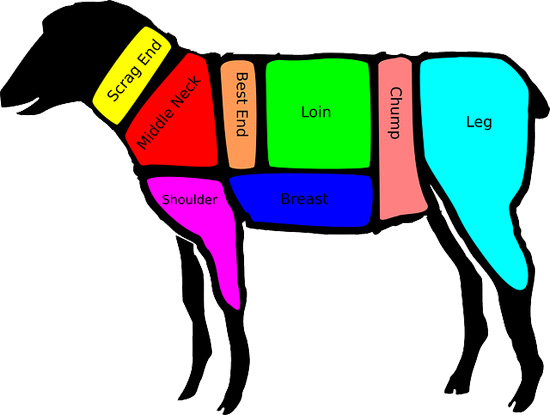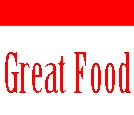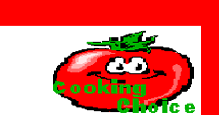|

|

|

|
The various cuts of mutton and lamb
and the uses to which they can be put are given in table below, which may
be followed as a guide whenever there is doubt as to the way in which a
cut of either of these meats should be cooked.
NAMES AND USES OF MUTTON AND LAMB CUTS
| NAME OF LARGE CUT | NAME OF SMALL CUT | USES OF CUTS |
| Fore quarter: | Neck | Broth, stew |
| Chuck | Stew, steamed |
| Shoulder | Boiled, steamed, braised, roast |
| Rack ribs | Chops, crown roast |
| Breast | Stew, roast, braised, stuffed |
| Hind quarter: | Loin | Seven chops, roast, boiling |
| Flank | Stew |
| Leg | Roast, braising, broiling |
| Saddle | Roast |

|
|
|

|

|
 |







